The allure of a fine spirit is as old as time itself and is one that transcends mere intoxication into the realms of history, culture, and the ultimate levels of luxury. With 2024 granting no respite to those seeking the finest experiences, we unveil the top 10 most expensive and exquisite spirits that a connoisseur with an unlimited budget might have on their radar.
1. The Macallan Fine & Rare Collection
Whisky enthusiasts everywhere dream of owning a bottle from The Macallan’s Fine & Rare Collection. Resurrecting bottles from as far back as 1926, each whisky is a piece of history, carefully crafted and preserved. With only one bottle of the 1926 Macallan Fine & Rare in existence, a previous auction fetched over $1.2 million, making it one of the most expensive whiskies in the world.
2. Louis XIII Cognac Magnum
Striving for perfection, Louis XIII crafts its Cognac through a process that involves four generations of cellar masters. The Louis XIII Cognac Magnum represents not just the blend inside but the crystal decanter itself, designed by artisans from the House of Baccarat. It has been known to retail for upwards of $18,000 for a single bottle.
3. Ember Collectible Whisky
The Ember range of whiskies presents itself as a symbol of Scottish heritage and craftsmanship, with a single bottle priced at an eye-watering $59,800. The spirit itself is as exclusive as the price tag, with Ember only producing a few bottles a year, each adorned with 24-carat gold and natural obsidian, making it a true collector’s item.
4. Dalmore 62 Single Highland Malt Scotch
Another whisky that takes a page from history with its youngest component aged for 62 years, Dalmore 62 Single Highland Malt Scotch is not just about aging; it’s about the stories these years can tell. Only 12 bottles were released, and they often grace auctions with estimated prices surpassing $200,000 per bottle.
5. Armand de Brignac Dynastie Collection
Indulge in the opulence of the Armand de Brignac Dynastie Collection, a trio of stunning champagne bottles encapsulated in their own gift cases. This collection is a true symbol of luxury and rarity, with only one set released per year worldwide, with a price tag exceeding $300,000.
6. Billionaire Vodka
For those who like their spirits to make a bold statement, there is Billionaire Vodka. Encased in diamond-studded crystal, this high-end Russian vodka is filtered through ice and Nordic Birch charcoal, and as the name suggests, is a favorite among those with a billionaire’s palate, with bottles retailing at an estimated $3.7 million.
7. The Balvenie Peated Cask 30-Year-Old
The Balvenie’s Peated Cask range, and especially the 30-Year-Old, has drawn the attention of single malt aficionados. Known for its complex sweetness and rich peat-smoke flavors, a bottle of this exclusive whisky might cost around $7,500 or more, but its quality justifies the price for those who appreciate the dram and the craft behind it.
8. Quintessence YO Puerto Rican Rum
Quintessence YO Puerto Rican Rum has made waves as an exceptionally high-priced and high-quality rum, fetching prices of over $1,400 per bottle. Aged for an impressive 20 years, it comes with a blend of rums that produce a deep, flavorful profile that wouldn’t be out of place among the other elite spirits on this list.
9. Glenfiddich Janet Sheed Roberts Reserve 1955
Glenfiddich’s Janet Sheed Roberts Reserve 1955 is a truly unique single malt, crafted in honor of the distillery’s longest-serving ambassador in Scotland. Aged 55 years, each of the only 11 bottles produced were sold via auction, commanding prices upwards of $94,000, making it a rare and prestigious spirit.
10. The Patrón en Lalique: Serie 1
Combining the artistry of fine tequila and the sophistication of crystal, The Patrón en Lalique: Serie 1 was a collector’s dream when it was released. The decanter, created by Lalique’s master artisans, encases a diamond-studded stopper, and only 500 bottles were made, each selling for more than $7,500.
The world of spirits is a place where craftsmanship, heritage, and taste converge to offer not just a drink, but an experience. For those looking to open their wallets to the thrilling (and often intoxicating) adventure of luxury spirits, these top 10 selections are as good as it gets. Each bottle tells a story, and for a hefty price, it could be a story you take home with you. Contact Payless Liquor Stores to see if we have one of these expensive and exquisite spirits in stock!

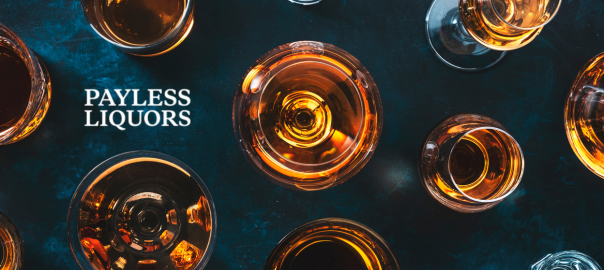

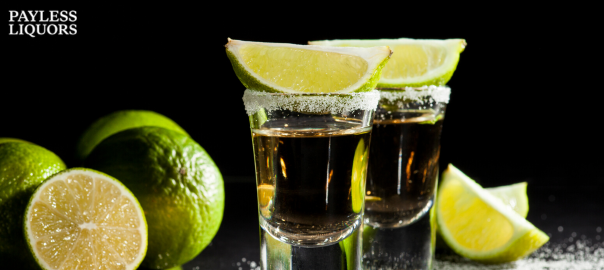
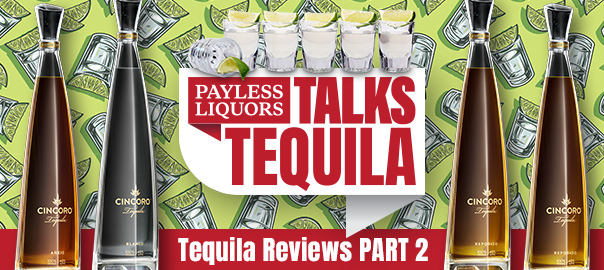
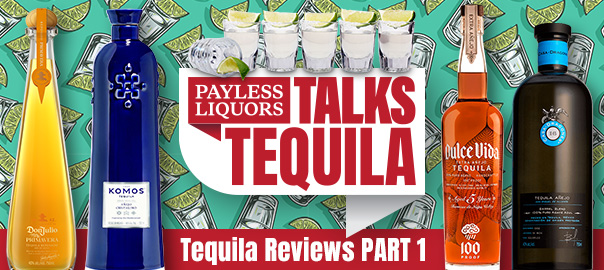

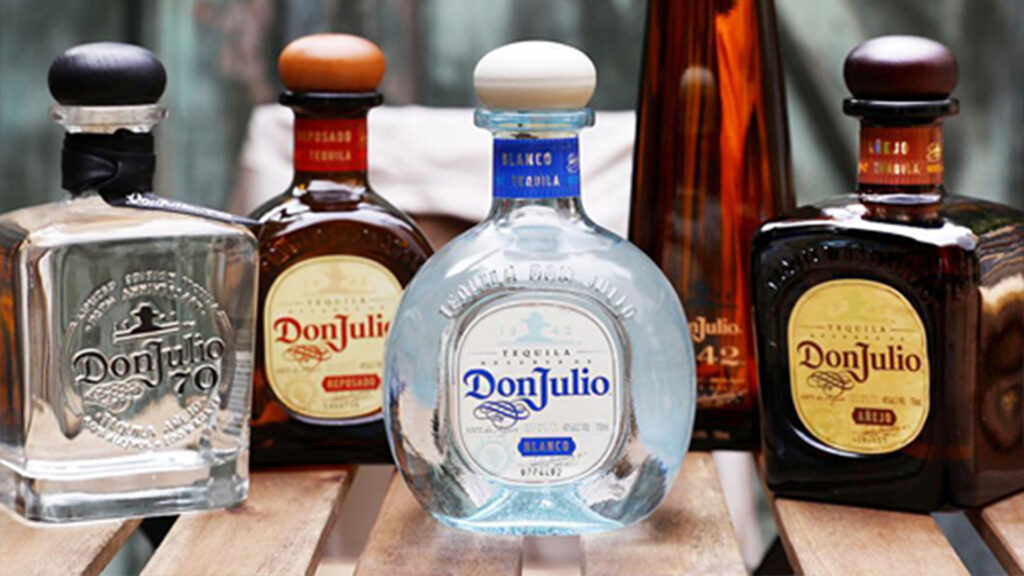








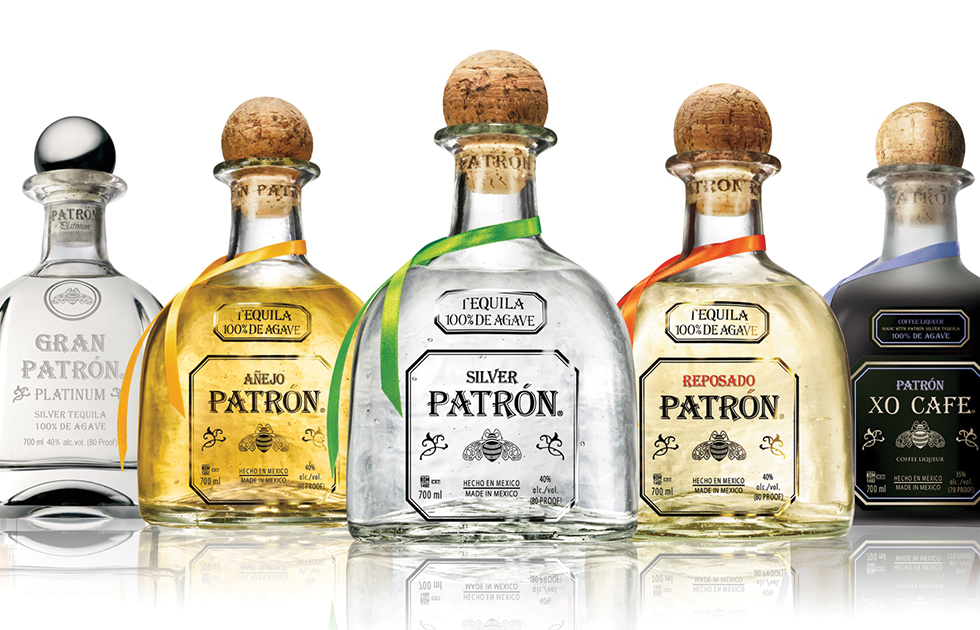


 be called an agave spirit, Patrón is obviously produced in the aforementioned area; the city is called Atontonilco. The process for producing the infamous Patrón tequila begins with the Jimadors (a Mexican farmer who harvest agave) with a tool called a coa. From there, they strip away the exterior to reveal the heart, the piña (if you like piña colaaadas,
be called an agave spirit, Patrón is obviously produced in the aforementioned area; the city is called Atontonilco. The process for producing the infamous Patrón tequila begins with the Jimadors (a Mexican farmer who harvest agave) with a tool called a coa. From there, they strip away the exterior to reveal the heart, the piña (if you like piña colaaadas,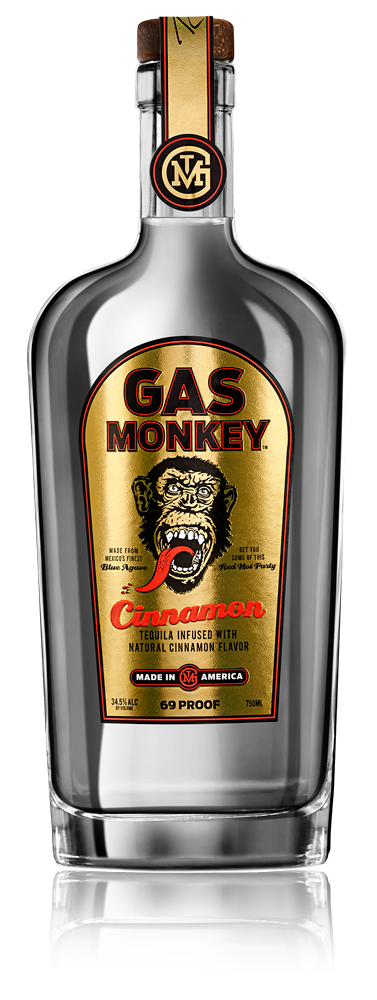
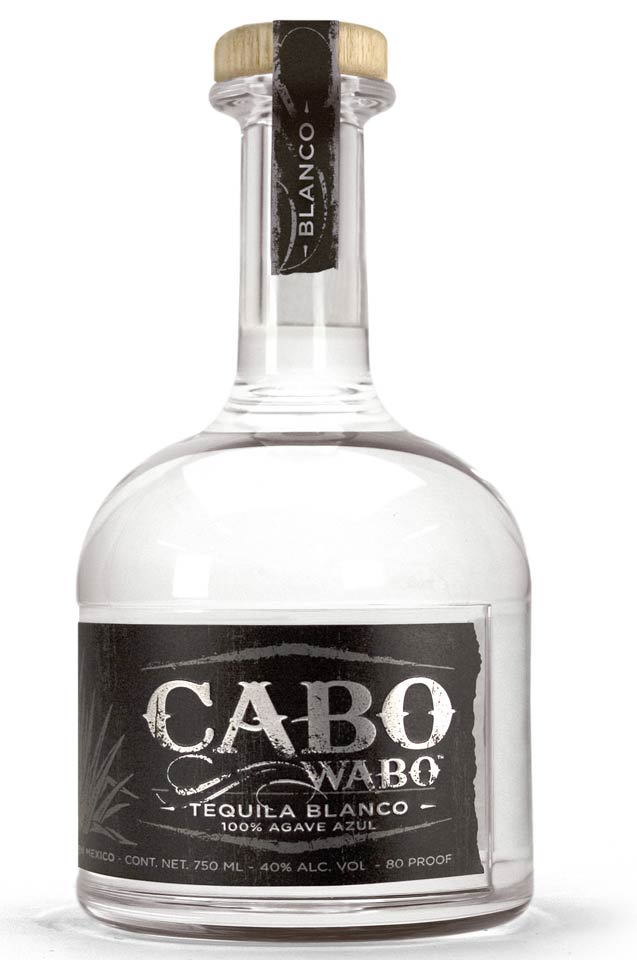 brand, hand-made tequila that he commissioned from a family owned distillery in Jalisco. It became a quick success and by 2006 it was the second-best-selling premium tequila in the US. Cabo Wabo Tequila is bottled in unique, hand-blown artisan glass bottles.
brand, hand-made tequila that he commissioned from a family owned distillery in Jalisco. It became a quick success and by 2006 it was the second-best-selling premium tequila in the US. Cabo Wabo Tequila is bottled in unique, hand-blown artisan glass bottles.
